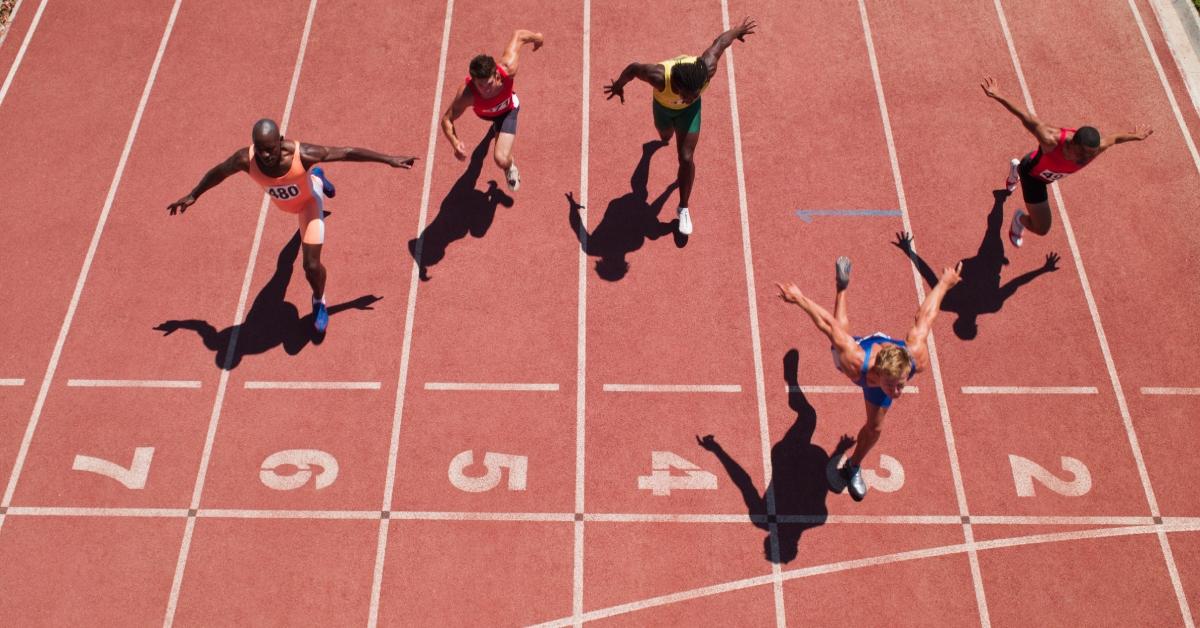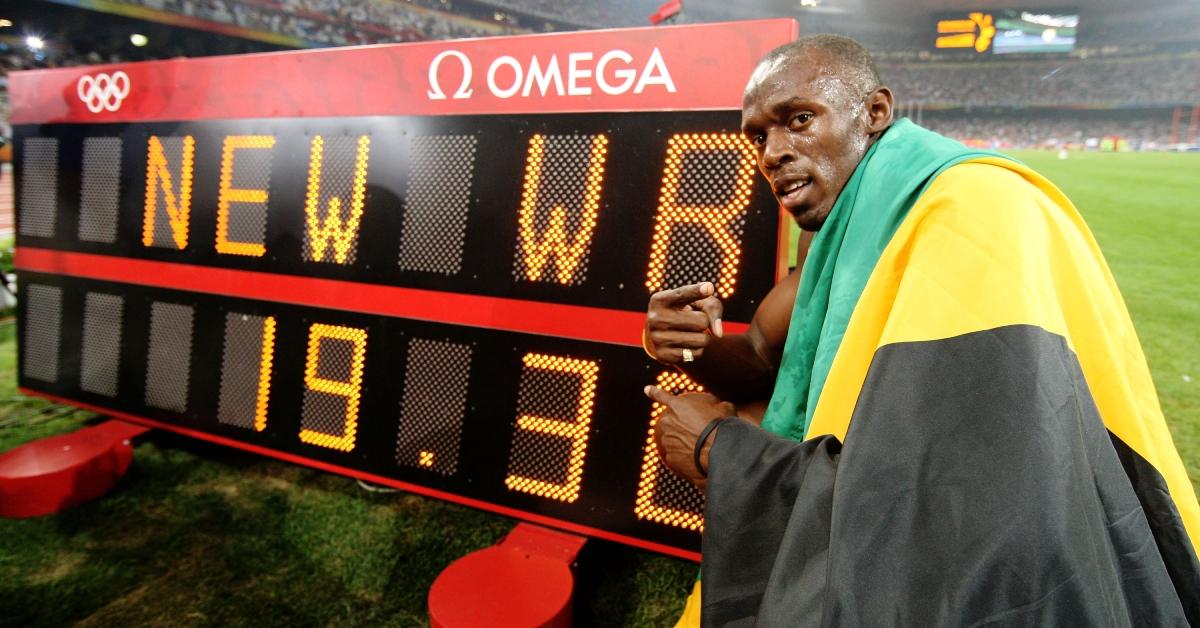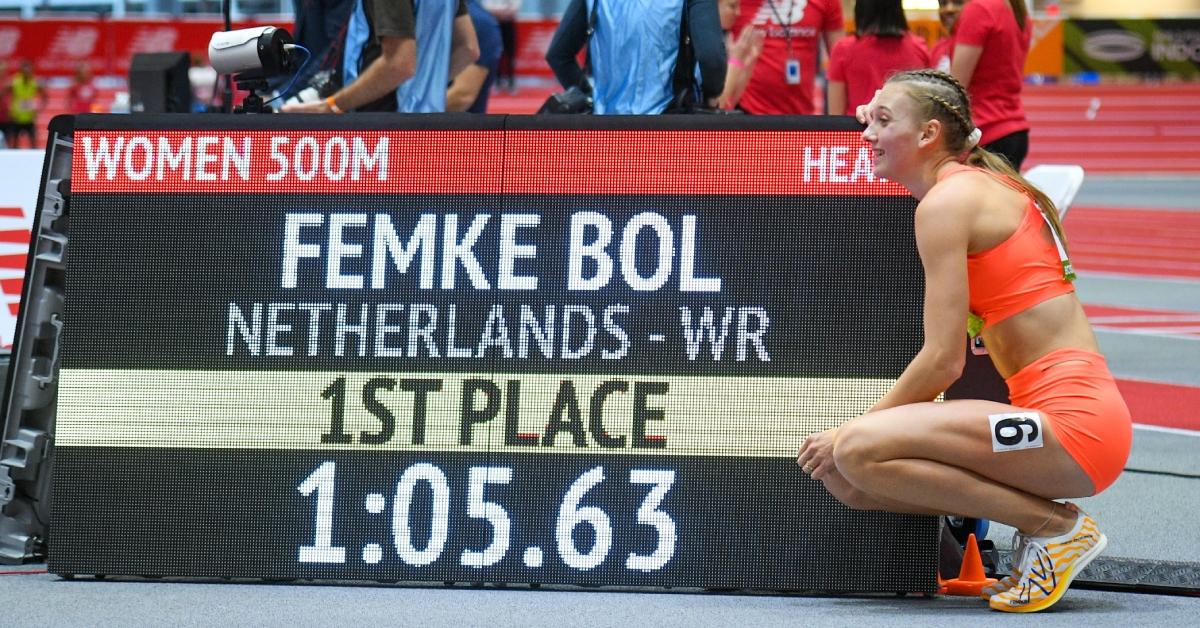Getting a PR in Track or Running in General Is a Good Thing
“If you are in a PR rut and you aren’t hitting the gym: Start strength training," says running coach Andrew Moran.
Published April 26 2024, 4:09 p.m. ET

A PR professional is someone who works in public relations. They have nothing to do with track. The abbreviation of PR can mean pair, price, or printed. While one of those sort of relates to track, it’s not the definition we’re looking for.
Regarding track, and running in general, PR stands for personal record. It’s your fastest time at that specific distance and what most runners are striving for in each race.

What are PRs in track and why do runners focus on them so much?
Whether you’re training for a 100m sprint or a 26.6-mile marathon, you’ll want to know your PR because it helps you determine how you should train. Very Well Fit does a very fine job explaining how you get your PR. “Once you've run your first road race and gotten your finishing time, you have a PR or a 'personal record.' It refers to your best time in a race of a specific distance.”
It’s quite simple to get your PR and once you know it, you’re probably going to beat it in your next race. But one thing races have compared to training is other people. When you’re running in a pack, you’re going to try to keep up with fellow runners or even try to outrun them (it’s called a race for a reason). In some cases, a runner might be trying to outrun something more serious than fellow participants.

It is possible to set a new PR outside of a race.
In the May 12, 2020, Outside piece, “How to Run a PR in a Time Trial” runner Richard A. Lovett explains how it’s possible to PR without others. While the main race motivations are missing, all of the elements that helped set your initial PR are present.
Lovett writes, “I knew my PR and the pace I had to maintain. The moment I knew my splits were faster than PR, I was highly motivated. Ooh, that first mile was faster than my 3-mile PR pace. Can I hold it?
That type of thinking is very useful, says Jeff Simons, a sports psychologist, because part of running a good time trial involves breaking free of expectations. Instead, he urges, just run, saying to yourself, "It could be fast, it could be slow, who can tell? Let’s just do it."

If you’re hitting a wall in setting a new PR, get away from just running.
One of the best things a runner can do is do more than just run. In the Jan. 2, 2024, Runners World piece, “How to PR a Race When You Haven’t Done It in a While,” gives five helpful tips on setting a new PR. The most helpful has nothing to do with actually running. Andrew Moran, D.P.T., running coach, and physical therapist says, “If you are in a PR rut and you aren’t hitting the gym, this could be an easy fix: Start strength training."
In addition to running faster, you'll probably run better. “I’m very biased, but after an athlete completes a dual strength training and running program, I’ll see, in a marathoner for example, three- or even five-minute time improvements. Strength is essential for running economy and injury prevention. With simple, running-specific moves, you actually improve your running form and prevent any training breaks that might be caused by injury.”